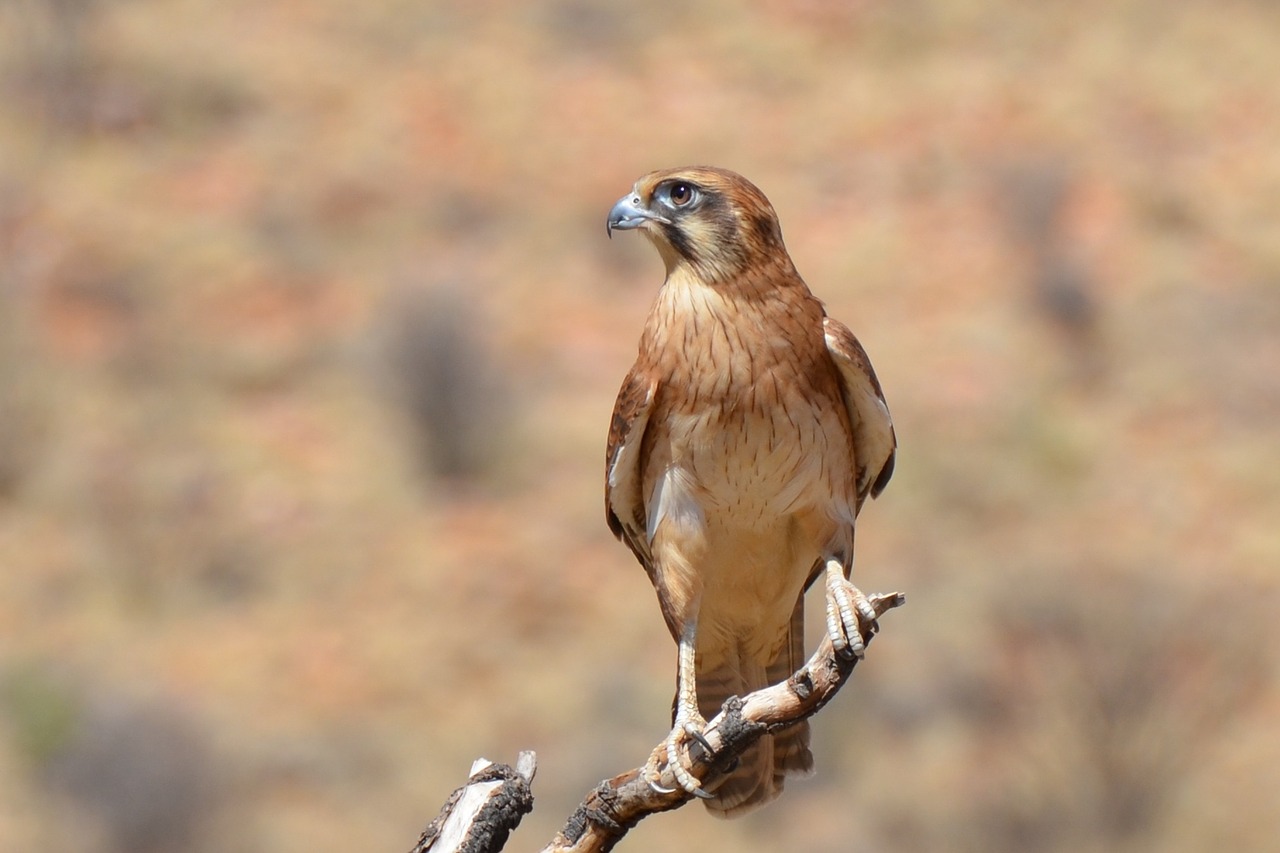
In recent years we have seen many wildfires ravaging vast areas in different countries. One of the countries that seem more susceptible to wildfires is Australia. The difference is that in Australia wildfires are not just originated by human beings or lightning strikes but also by birds.
Although this may come as a surprise to many people in Australia and around the world, the truth is that Australian’s Aboriginal peoples have known that birds are sometimes responsible for sparkling fires for quite some time now.
For thousands of years, the Aboriginal peoples of the Northern Territory have identified the birds that cause wildfires as “Firehawk”. According to the indigenous peoples of that region of Australia, some birds can carry burning sticks to different areas either in their talons or in their beaks.
The so-called “Firehawk” are a diverse group of birds of prey carry fire as a way to find food. They use the fire they carry to startle small animals and insects into fleeing so they can prey on them.
Scientists have been gathering information on “Firehawk” from interviews and observations (mostly of ceremonies) in the Northern Territory for over a century. All this information has now been compiled in a study that has recently been published in the Journal of Ethnobiology. This study, whose title is “Intentional Fire-Spreading by “Firehawk” Raptors in Northern Australia”, is authored by Mark Bonta, Robert Gosford, Dick Eussen, Nathan Ferguson, Erana Loveless, and Maxwell Witwer.
Although this information can be used to further our understanding on how fires spread not only other in northern Australia but also in other similar tropical savannas, one of the authors of the article, Mark Bonta, is quick to point out that this is not a new discovery. Bonta, who is a geographer at Penn State University says that “[Australia’s Aboriginal peoples have] known this for probably 40,000 years or more.”
What Are These “Firehawks”?
“Firehawk” is the collective name that the indigenous people of northern Australia have used to refer to those birds that they have observed carrying burning sticks. Scientists have identified them as the following species:
- The black kite (Milvus migrans).
- The whistling kite (Haliastur sphenurus).
- The brown falcon (Falco berigora).
According to the study, these birds of prey are attracted to wildfires. So much so that they perch as near the fire as they possibly can as wildfires ravage the tropical savannas of Australia.
In terms of how much advantage these “Firehawk” can take from wildfires, their practices have been referred to a “feeding frenzy”. By standing so close to wildfires, these birds of prey have access to all the animals that manage to flee the fire: insects, lizards, small birds, etc.”
Understanding how wildfires in tropical savannas work is key because of their biomass. It is estimated that up to 75 percent of the world’s tropical savannas are ravaged by fire every single year. So, this is a problem that it is not unique to Australia.
In Australia alone, 730,000 square miles of tropical savanna have been burned every year in the last 14 years (from 1997 to 2011). This is the equivalent of about 18 percent of Australia’s tropical savanna. This problem is so prevalent that some specific areas get wildfires as often as once every couple of years.
How Long Have We Known About Firehawk?
While Aboriginals have known about “Firehawk” for over 40,000 years, most scientific data of these birds of prey and their role in spreading wildfires has only been recording since 2011.
The main reason why scientific observation took so long to start is that most experts were skeptical about whether these birds of prey were intentional or not. They tended to believe that these hawks did not spread fire intentionally.
It is known that wildfires behave unpredictably – this is fundamental – but it is my experience that humans in the presence of wildfire are also likely to behave in aberrant and unpredictable ways. – Michael Leuning
The truth is that knowing that human beings are not the only ones who can and do cause wildfires to spread intentionally is nothing short of revolutionary.
It is now known that these birds really play an active role in spreading fires but there is still more research to be done.
It is also important to notice that all the evidence that has been so far gathered comes from observing and interviewing the Aboriginal peoples that inhabit the tropical savannas of the Northern Territory.
So far there is no known video footage or photos of these birds “in action”, at least none that can be used. So, one of the next things would be for scientists to obtained such footage so they examine and further understand the active role that they now know these birds of prey play.
Thanks to the study by Bonta et al. we now know that these birds sometimes act alone and sometimes act collectively in cooperative attempts. Although these attempts are not always successful, often they do spread wildfires.
This avian behavior has been observed by aboriginals not only in the Northern Territory where the authors of this study have observed it but also in other states such as Queensland and Western Australia.
It is evident that Aboriginal peoples from the Northern Territory of Australia have known about this avian behavior for many thousands of years because the behavior has been represented often in some of their sacred ceremonies that go back at least 40,000 years. Why the rest of the world is only hearing about this now is because these ceremonies only began to be documented in 2011, when the research that is compiled in the study started.









